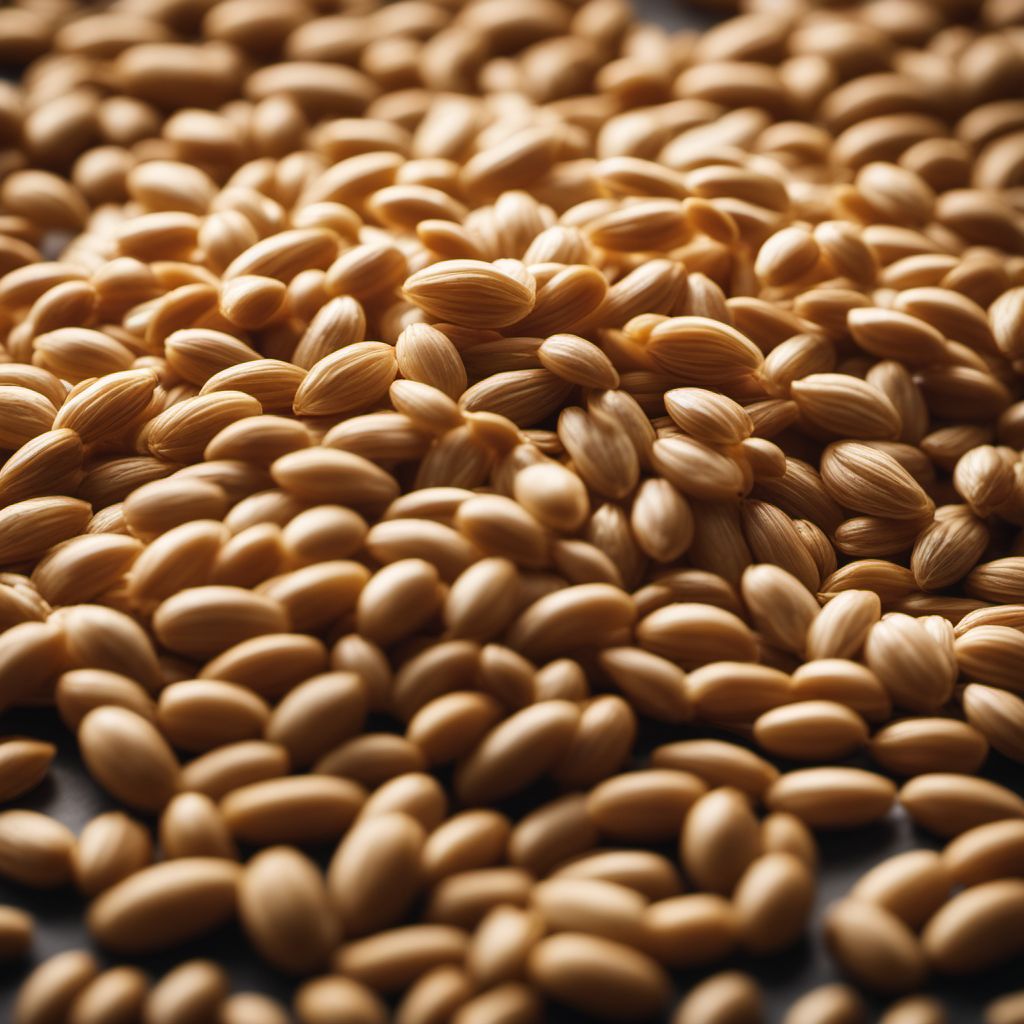
Ingredient
Barley porridge
Hearty Comfort in a Bowl: Barley Porridge
Barley porridge is made by cooking barley grains in water or milk until they become soft and creamy. It has a chewy texture and a nutty, slightly sweet flavor. The porridge can be customized with various toppings and seasonings, such as fruits, nuts, honey, or spices, to enhance its taste and nutritional value.
Origins and history
Barley is one of the oldest cultivated grains, with a history dating back thousands of years. It was a staple food in ancient civilizations, including Egypt and Mesopotamia. Barley porridge has been a traditional dish in many cultures, providing nourishment and sustenance. Today, it is still enjoyed in countries like Scotland, Russia, and Ethiopia, where it is often served as a breakfast dish.
Nutritional information
Barley porridge is a good source of dietary fiber, vitamins, and minerals. It is particularly rich in manganese, selenium, and phosphorus. The high fiber content of barley helps promote healthy digestion and may help lower cholesterol levels. It is also a low glycemic index food, making it suitable for individuals with diabetes or those looking to manage their blood sugar levels.
Allergens
There are no known allergens associated with barley porridge.
How to select
When selecting barley for making porridge, look for whole barley grains that are plump and intact. Avoid barley that has a musty or rancid smell, as it may be spoiled. If possible, opt for organic or locally sourced barley to ensure the best quality and flavor.
Storage recommendations
To store barley grains, keep them in a cool, dry place in an airtight container to prevent moisture and pests. Properly stored barley can last for up to a year. Cooked barley porridge should be refrigerated in a covered container and consumed within 3-4 days. It can also be frozen for longer storage. To freeze, portion the porridge into individual servings and place them in freezer-safe bags or containers.
How to produce
Barley can be grown in a variety of climates, but it thrives best in cool, temperate regions. It can be sown directly in the ground or started indoors and transplanted. Barley requires well-drained soil and regular watering. It is a relatively low-maintenance crop that can be grown by amateur gardeners.
Preparation tips
To prepare barley porridge, rinse the grains under cold water to remove any debris. Then, combine the barley with water or milk in a saucepan and bring it to a boil. Reduce the heat and simmer, stirring occasionally, until the grains are tender and the porridge reaches the desired consistency. Add sweeteners, spices, fruits, or nuts to enhance the flavor. Barley porridge can be enjoyed hot or cold, depending on personal preference.
Substitutions
Quinoa, oats, or rice can be used as substitutes for barley in porridge recipes. Each of these grains will provide a slightly different texture and flavor to the dish, but they can still offer a similar comforting and nutritious meal.
Culinary uses
Barley porridge is commonly enjoyed as a breakfast dish, served hot with a variety of toppings, such as fresh or dried fruits, nuts, seeds, honey, or spices. It can also be used as a base for savory dishes, like stews or soups, adding a hearty and wholesome element to the recipe.
Availability
Scotland, Russia, Ethiopia
More ingredients from this category

Cornmeal porridge
Creamy Delight: Exploring the World of Cornmeal Porridge

Rice porridge
The Comforting Elixir: Exploring the World of Rice Porridge

Oat porridge
Hearty Morning Delight: Embracing the Power of Oats
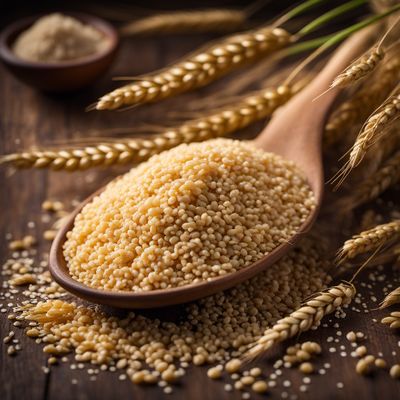
Wheat semolina porridge
Creamy Delight: Exploring the World of Wheat Semolina Porridge
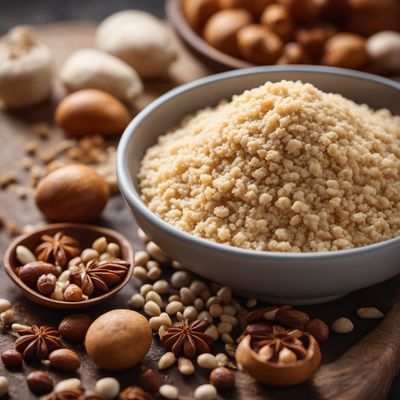
Mixed roasted flours for porridge-like food
A Wholesome Blend for Nourishing Porridge

Rye porridge
Hearty and Nutritious Rye Porridge: A Wholesome Breakfast Option
Recipes using Barley porridge

Romani Three Pearls Soup
Savory Romani Delight: Three Pearls Soup

Eritrean-style Spicy Beef Stew with Massaman Flavors
Zesty Massaman Beef Stew: A Fusion of Thai and Eritrean Delights
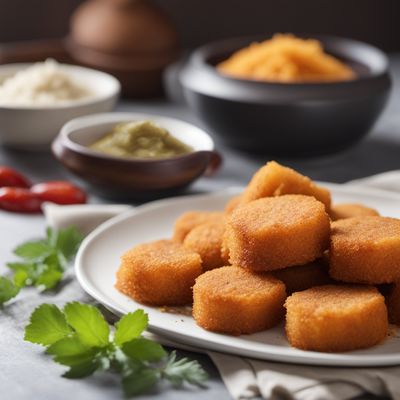
Eritrean-style Fried Cheese
Melting Cheese Delight: Eritrean Twist on Fried Cheese

Delele with Spiced Lentils and Injera
Ethiopian Delight: Spiced Lentils and Tangy Injera

Welsh Rabbit Stew
Welsh Delight: Hearty Rabbit Stew with a Welsh Twist
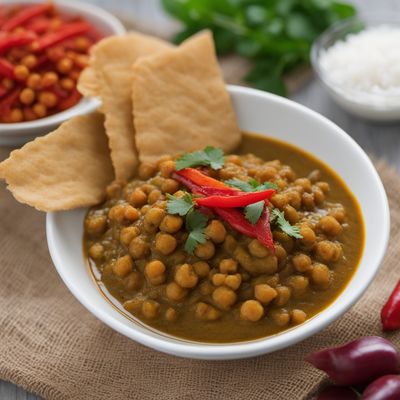
Trinidadian Doubles with Spicy Chickpeas
Caribbean Delight: Spiced Chickpea Doubles

Finnish-Style Mansaf
Lingonberry Lamb Stew: A Finnish Twist on Mansaf

Ethiopian Spiced Beef Bites
Savory Ethiopian Beef Delight
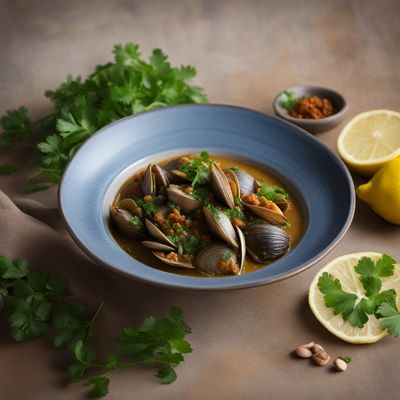
Ethiopian Spiced Clams Oreganata
Zesty Ethiopian Clams Oreganata: A Fusion of Flavors

Ethiopian-style Grilled Meat Platter
Sizzling Ethiopian Delight: A Flavorful Grilled Meat Platter